Insider's Guide:
7 Must-See Places To Visit in Dresden
The former capital of Saxony, Dresden truly came into its own during the Baroque period—and as a result, remains one of Europe’s most stunning architectural treasures. (Sorry, Rome.)
Saxon Strength
Powerful leaders in Saxony contributed to the rise of Dresden, such as Johann Georg III of Saxony, who expelled the Turks from Europe in the Battle of Vienna in 1683; his grandson, Frederick Augustus I (Augustus the Strong), is still revered in modern-day Dresden.

Augustus was a popular sovereign, who lived a dissolute lifestyle; he had a reputation for strength (hence the moniker) and for being a seducer of women. In order to secure the crown of Poland, he converted from Protestantism to Roman Catholicism, allowing him to become Augustus II, King of Poland. In 1733, after his death, Dresden was arguably one of Europe’s most beautiful cities. It was dubbed “The Florence of the Elbe.”
Dresden’s darkest period came in WWII when, during an Allied air raid in February 1945, the city was almost completely destroyed—including most of its cherished architecture. (The fire bombing of Dresden was the subject of American author Kurt Vonnegut’s famous novel, Slaughterhouse Five.) The Cold War wasn’t much kinder to Dresden. Nonetheless, during this time, the residents of Dresden began to rebuild.
A few of the historical buildings (Semperoper, Zwinger, Hofkirche) were reconstructed, but along with them came ugly, concrete, Soviet-era edifices; the priority under the Soviets was to build a functioning socialist city, rather than preserving a baroque capital.
Culturally, Dresden became a bit of a wasteland during the Soviet years, during which it was nicknamed the “Valley of the Clueless”—thanks to the fact that the city never seemed to receive signals from West German TV stations. The only media exposure in the town came from the heavily propagandized media of the Socialist party.
After German reunification, Dresden was given a new lease on life. Within a decade, many new buildings were commissioned, and many old ones reconstructed, particularly in the inner city.
Conservation of old buildings was given priority, and as a result, Dresden is stunningly beautiful once more.
Semperoper
The Semperoper is the opera house of the Sächsische Staatsoper Dresden (Saxon State Opera of Dresden). Situated on the Theatre Square in the central part of the city on the bank of the Elbe River, it was built in 1841 by architect Gottfried Semper.

The building was built in the “Dresden-Baroque” style of architecture. Above the portal, there is a panther quadriga—or drawn chariot—as well as a statue of Dionysos. Other monuments depict famous artists such as Johann Wolfgang von Goethe, Friedrich Schiller, William Shakespeare, Sophocles, Molière and Euripides. In the years before the World Wars, the Semperoper premiered many of the works of Richard Strauss. In 1945, during the final weeks of World War II, the building was destroyed again—this time by Allied bombing. Exactly 40 years later, on February 13, 1985 the opera house was rebuilt, true to its predecessor. It reopened with Weber’s Der Freischütz, the same opera that was performed before the Semperoper’s demise. During the flood of the Elbe in 2002 the building suffered heavy water damage. With substantial help from around the world, it reopened in December 2002.
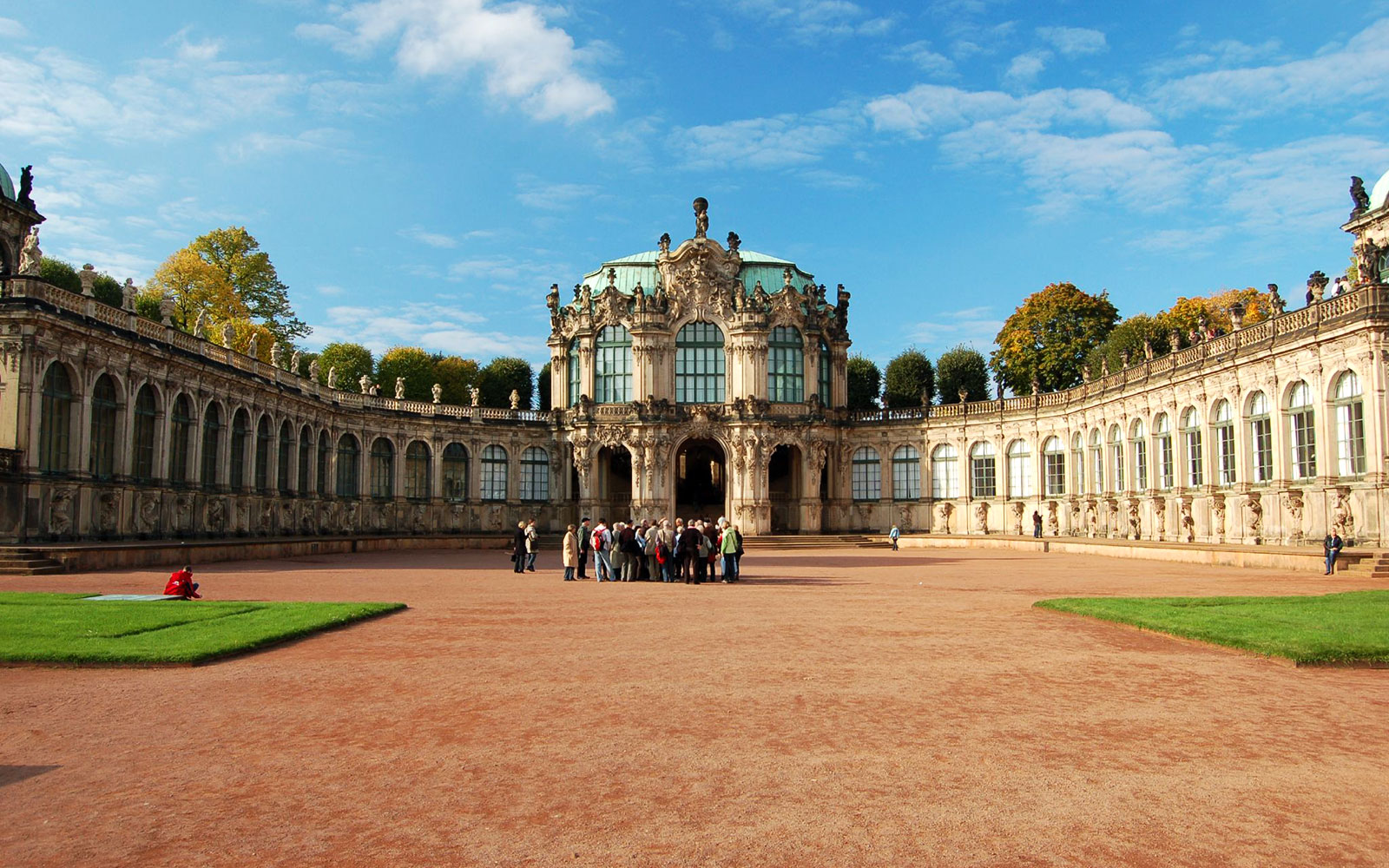
Zwinger
Pictured above, Zwinger is one of Dresden’s most famous buildings. A glamorous example of courtly baroque architecture, it owes its name to its location on the former city fortifications. (Zwinger means “outer bailey.”) It was built between 1709 and 1732, and is another of the many buildings erected under Augustus II. The Zwinger houses the famous Alte Meister art gallery, which comprises a 16thC art collection from Frederick August I and II. The collection features paintings by Holbein, Rubens, Tizian, Veronese, Velázquez and Correggio. The most famous works in the gallery are Rembrandt’s Self-portrait with Saskia, Peter Paul Ruben’s Bathseba am Springbrunnen and Albrecht Dürer’s Bildnis des Berhard von Reesen. Another building on the grounds of the Zwinger is the city pavilion, also called the Glockenspielpavillon on account of the bells made out of Meissen porcelain, which were added in 1936. This pavilion houses a porcelain collection, considered the most important of its kind in the world.
 Hofkirche
Hofkirche
The Dresden Cathedral, or Katholische Hofkirche, is a unique combination of Roman and baroque architecture. The altarpiece is the work of Anton Raffael Mengs (1751), while the rococo pulpit is the work of Balthaar Permoser (1722). The Silbermann organ, with its 3,000 organ-pipes, was removed in 1944, avoiding destruction during the air raids of 1945. The sarcophagi of the Wettin rulers lie in the cathedral’s crypt. While the body of King Augustus II, “August the Strong,” is buried beside the Polish kings in the cathedral of Krakow, his heart is kept in a copper case underneath the Hofkirche. Legend has it that whenever a beautiful woman goes by, his heart begins to beat again.
 Procession of Princes
Procession of Princes
The Fürstenzug (Procession of Princes) is an enormous mural (102 metres / 334 feet-long) located on the outer wall of the Stallhof (Stables Courtyard) of Dresden Castle. Every ruler of Saxony from 1123 to 1904 is displayed in a sweeping, beautiful porcelain-mural.
The mural is made out of 24,000 tiles of Meissen porcelain. Originally, the mural was a painting by Wilhelm Walter, who painted it between 1872-76. By 1900, cracks had appeared in the painting, so it was copied piece by piece in Meissen tiles. Today it is the largest porcelain picture in the world.
Church of Our Lady
 The Frauenkirche (Church of Our Lady) is Germany’s most important Protestant church. Erected between 1726 and 1743, its dome (called the “stone bell” because of its shape) collapsed on February 15, 1945, after the air raids. During GDR (DDR) times, the church was left in ruins. After reunification, reconstruction began as a symbol of reconciliation. The reconstruction was financed with donations from German and international foundations. The reconstructed church was finally inaugurated on October 30, 2005, a full sixty years after the war.
The Frauenkirche (Church of Our Lady) is Germany’s most important Protestant church. Erected between 1726 and 1743, its dome (called the “stone bell” because of its shape) collapsed on February 15, 1945, after the air raids. During GDR (DDR) times, the church was left in ruins. After reunification, reconstruction began as a symbol of reconciliation. The reconstruction was financed with donations from German and international foundations. The reconstructed church was finally inaugurated on October 30, 2005, a full sixty years after the war.
The Green Vault
Called the Grünes Gewölbe in German, the Vault is a collection of objects, jewellery and gems of extraordinary beauty from the city’s golden age in the 18th century. Located in the Dresden Castle (Dresdner Residenzschloss), the collection is made up of two sections: the “New Green Vault,” where the most stunning treasures are found and the “Historic Green Vault,” which can only be seen by special reservation.
“Blue Wonder”
The Loschwitzer Bridge over the Elbe River is less of a technological wonder today than it was when it was built. Nonetheless, it is still a much-loved symbol of Dresden.

It is popularly called Blaues Wunder or “Blue Wonder” because of its distinct bluish colour, and because of its success in withstanding an unusual test following its construction. In 1893, three steamrollers, six quadrigas (four horse chariots), three stone-filled streetcar lorries, one fully-loaded streetcar, four firefighter cars, one company of soldiers, several carriages and horses and 150 brave volunteers crossed the bridge all at once to test its strength: The bridge held them all. At the time of its construction, this 3,500-tonne steel bridge spanning 142 metres (465 feet) was one of the first bridges in Europe to be built without pillars.
Leave a Reply
MORE FROM Europe + Germany
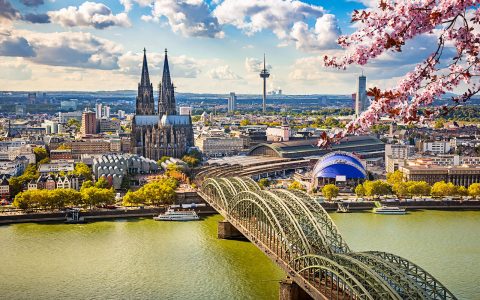
The 8 Best Rhine River Experiences
Germany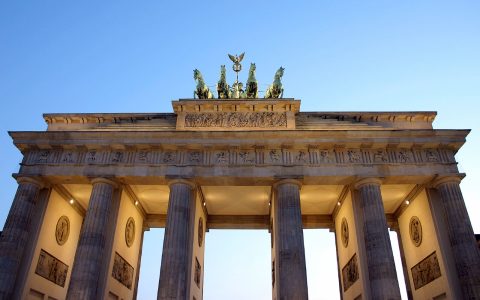
17 Of The Best Berlin Museums
Germany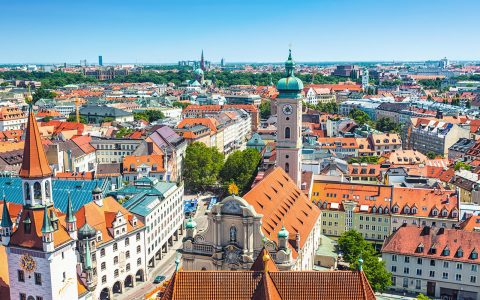
9 Must-Sees Along the Danube River
Austria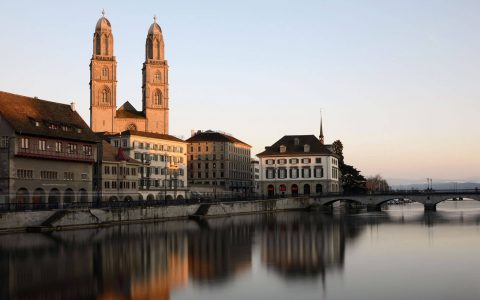
7 Iconic Spots Along the Rhine
Germany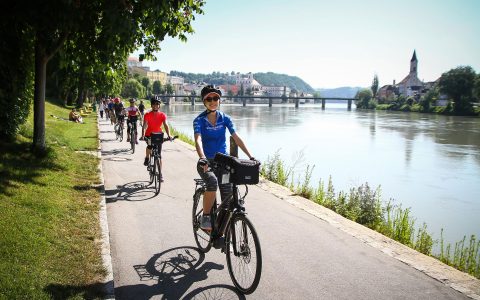
What to Expect on a European River Cruise?
Germany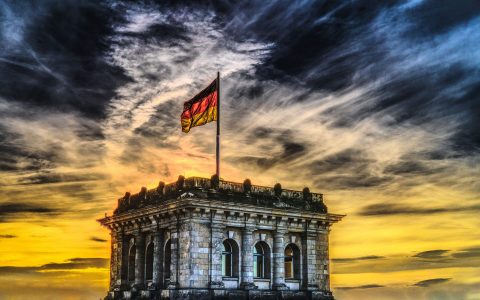
Reading for the Road: A Few Fascinating Books About Germany
Germany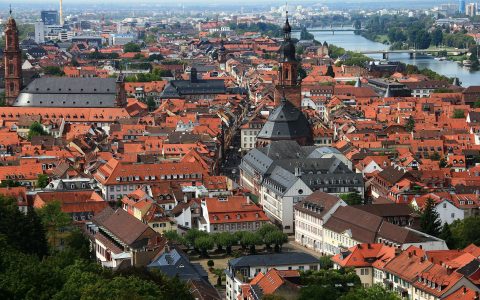
Germany’s Rhine River: Paths to Glory
Germany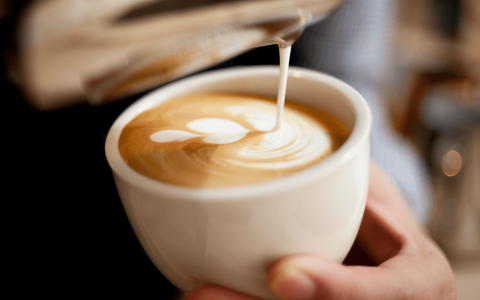
Berlin’s 8 Best Coffee Shops
Germany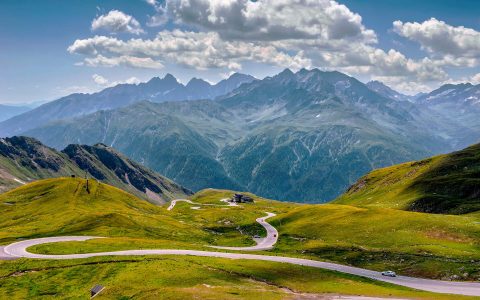
Top 5 Driving Routes in Germany, Austria & Switzerland
Austria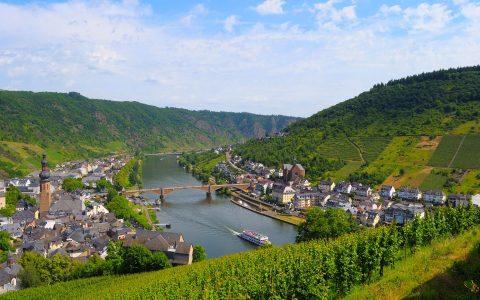
Notes From the Road: The Divine Mosel Valley
Germany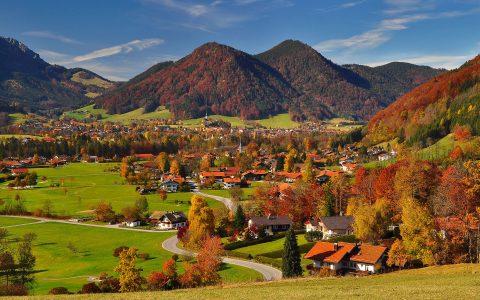
Notes From the Road: The Unabashed Charm of Bavaria
Austria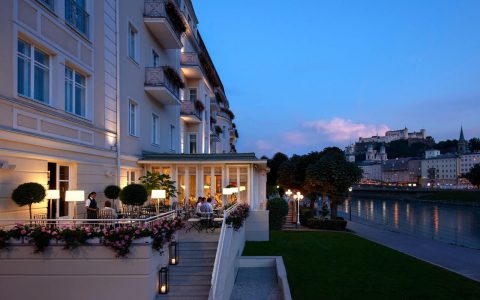


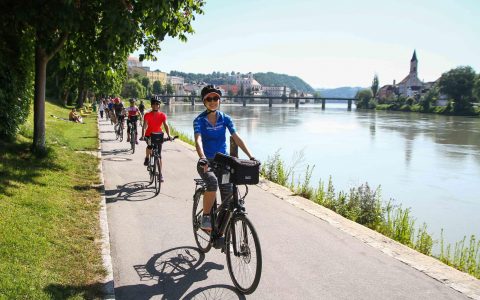
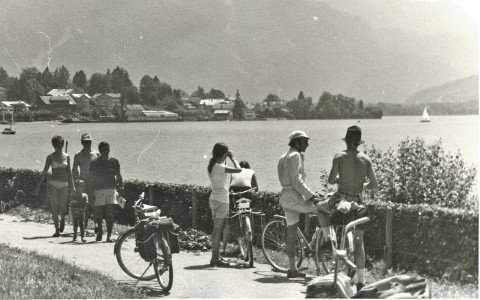
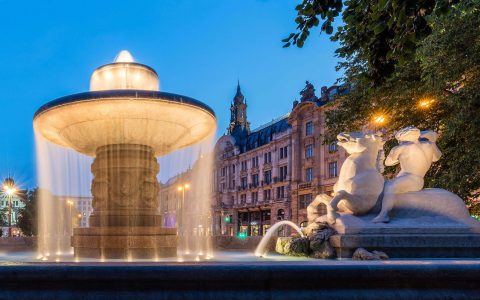
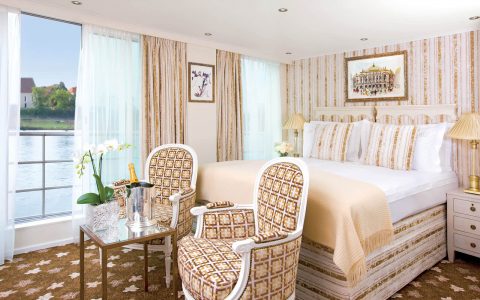
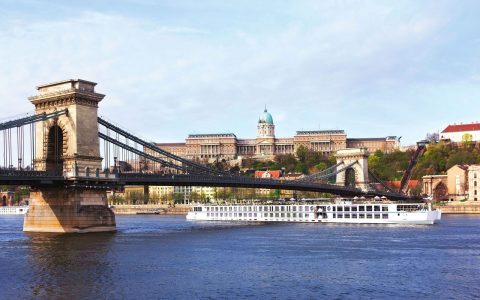
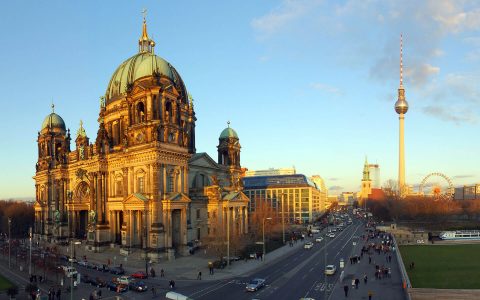
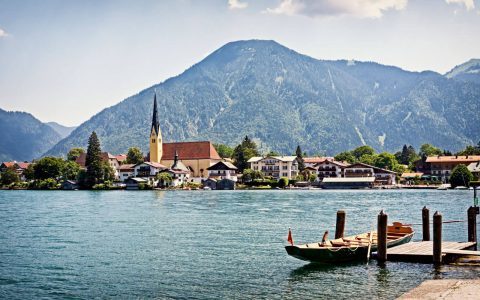
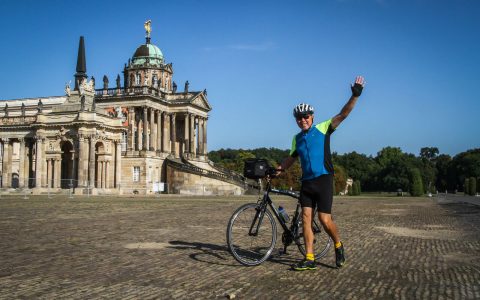
what a mesmerizing architecture this places have!! I can’t imagine my Dresden trip without this places.
Fell in love with Dresden on first visit and have returned many times.
The gem of Saxony in the elbow of the Elbe!
Continue to send the courious again and again.